8 Brutal Hikes in US National Parks: Are You Tough Enough?

Ready to take your hiking adventures to the next level? We’ve all heard of the scenic trails and gentle hikes that families and casual explorers adore, but what about those trails that make your muscles burn and leave you with a sense of unparalleled achievement?
That’s right. We’re talking about the toughest, most challenging, absolutely coolest, and possibly the most dangerous hikes in the US National Park system. As someone on a mission to summit the tallest peaks on each continent, I’ve also explored over 28 national parks and have hiked on almost all the ones on this list. From dizzying heights to unfathomable distances, get ready to find out which national parks have the hardest hikes in the US.
Clarification: I’m solely focusing on hikes, not mountaineering routes. These hikes won’t require you to tackle vertical ice walls or brave crevasse-filled glaciers like those required to summit Denali or Mt. Rainier.
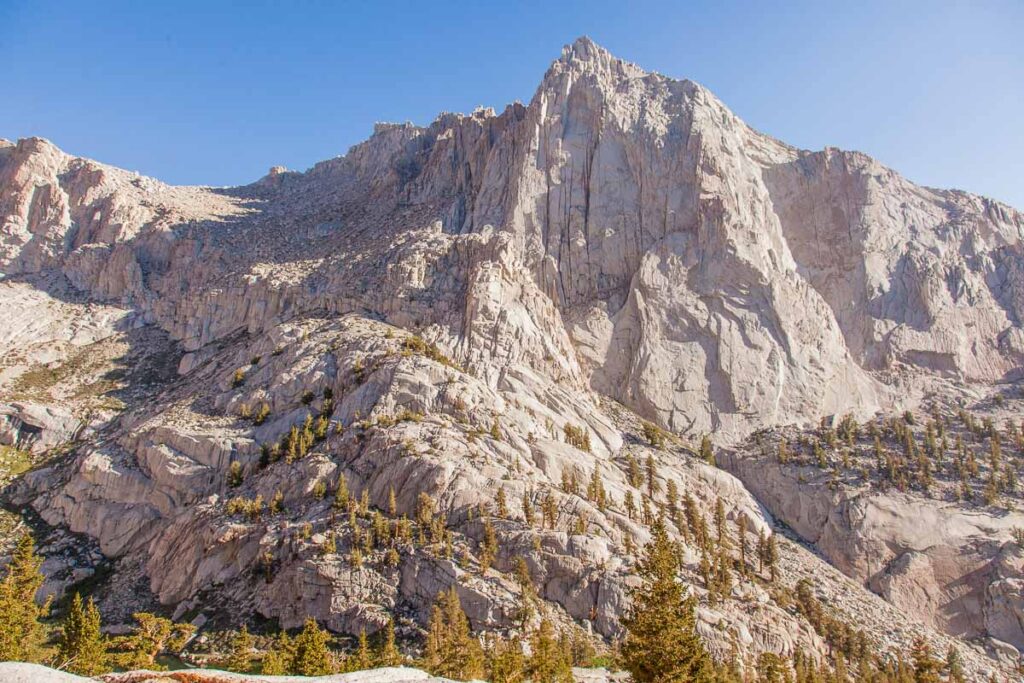
1. Mount Whitney Trail, Sequoia National Park, California
- Length: 22 miles round trip
- Time: 11-14 hours
- Elevation Change: ~ 6,700 feet
- Best Time to Visit Sequoia to climb: June to September
- AllTrails Link: Mount Whitney Trail
Why It’s Worth It: Mount Whitney, the highest peak in the contiguous U.S., is definitely an accomplishment for those who conquer its challenging summit. This trail, which can start from a Sequoia National Park trip or from Whitney Portal, challenges you with its altitude and length but rewards you with spectacular views of the High Sierras.
What to Expect: Be prepared for steep switchbacks, rocky terrain, and altitude sickness. The first few miles include a gradual ascent through pine forests and past streams. As you continue on, you’ll reach the infamous ” 97 Switchbacks,” which will take you up to Trail Crest at 13,777 feet. Permits are required for this hike here.
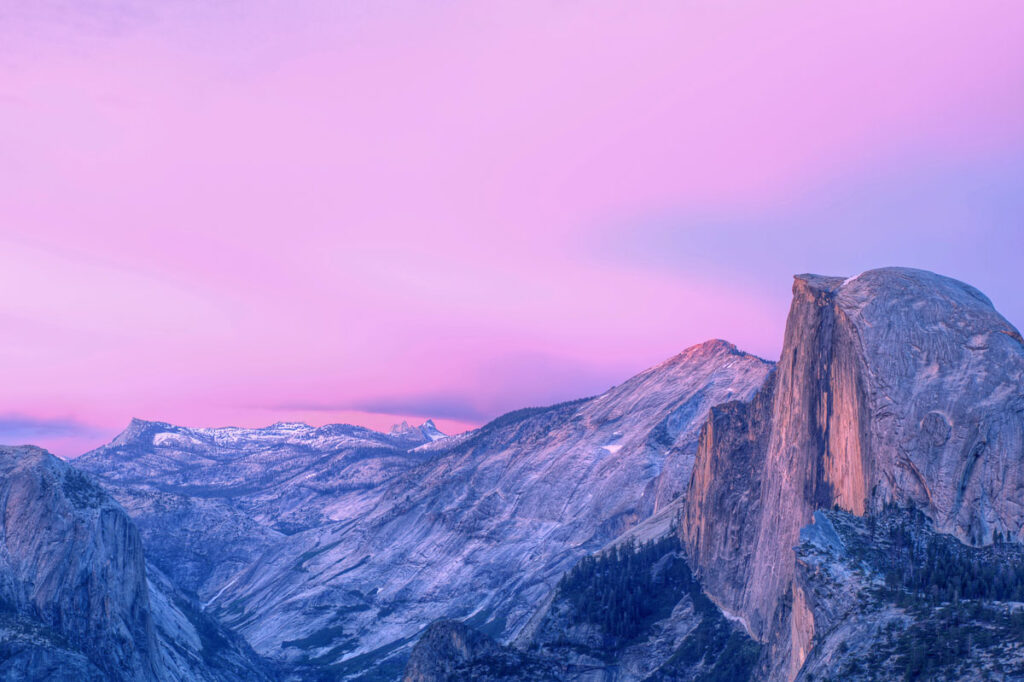
2. Half Dome Trail, Yosemite National Park, California
- Length: 16.5 miles round trip (with cables)
- Time: 10-12 hours
- Elevation Change: ~ 5,300 feet
- Best Time to Visit Yosemite: Late May to early September
- AllTrails Link: Half Dome Trail
Why It’s Worth It: The iconic Half Dome presents a bucket-list challenge for many hikers. With its steep granite steps and infamous cable section, reaching the summit requires both physical and mental stamina. But standing on top of Half Dome and taking in the views of Yosemite Valley is a life-changing experience.
What to Expect: Be prepared for long switchbacks, steep inclines, and crowded trails during peak season. Obtaining permits for this hike can be challenging.
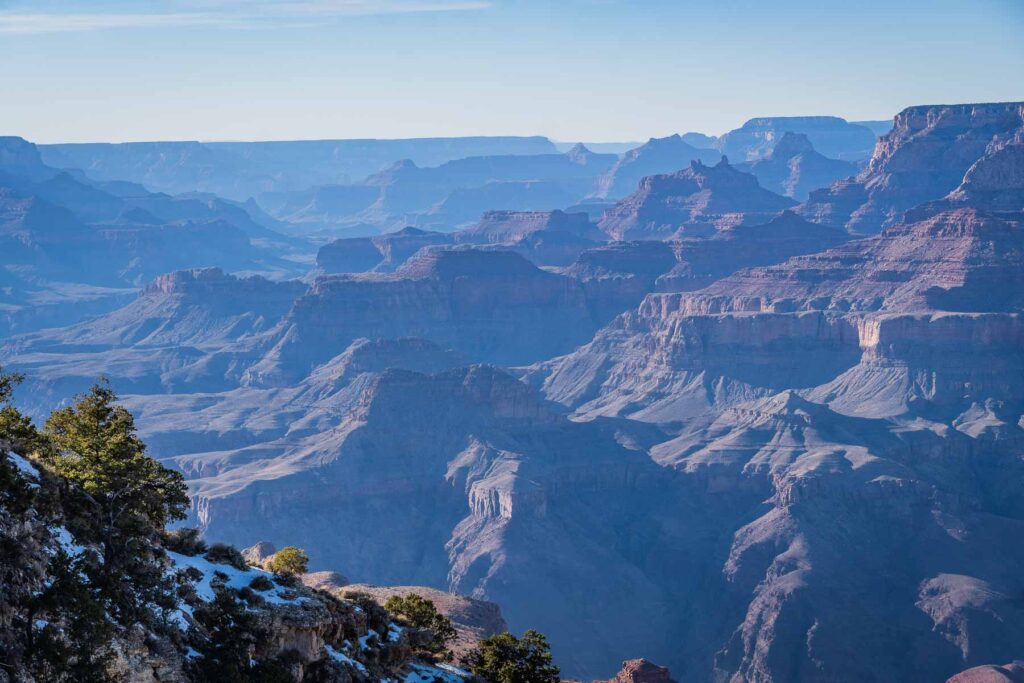
3. Rim-to-Rim, Grand Canyon National Park, Arizona
- Length: 21 miles one way
- Time: 12-15 hours or overnight
- Elevation Change: ~ 6,200 feet (varies depending on route and direction)
- Best Time to Visit Grand Canyon: April to June and September to November
- AllTrails Link: Rim-to-Rim
Why It’s Worth It: One of the most famous hikes in the world, the Rim-to-Rim trail is the ultimate way to experience the Grand Canyon. You can start from either the North Rim or South Rim and traverse through multiple ecosystems while admiring the colorful canyon walls.
Another popular trail is the Bright Angel Trail, which offers similar views but is slightly shorter at 15 miles round trip.
What to Expect: This hike is long and can be difficult due to potentially extreme temperatures and steep descents and ascents. Camping permits are required for overnight stays. But for the less ambitious of us, you can hire a mule to take you up and down.
📖 Read Also: One Day in Grand Canyon South Rim: First-Timers Itinerary
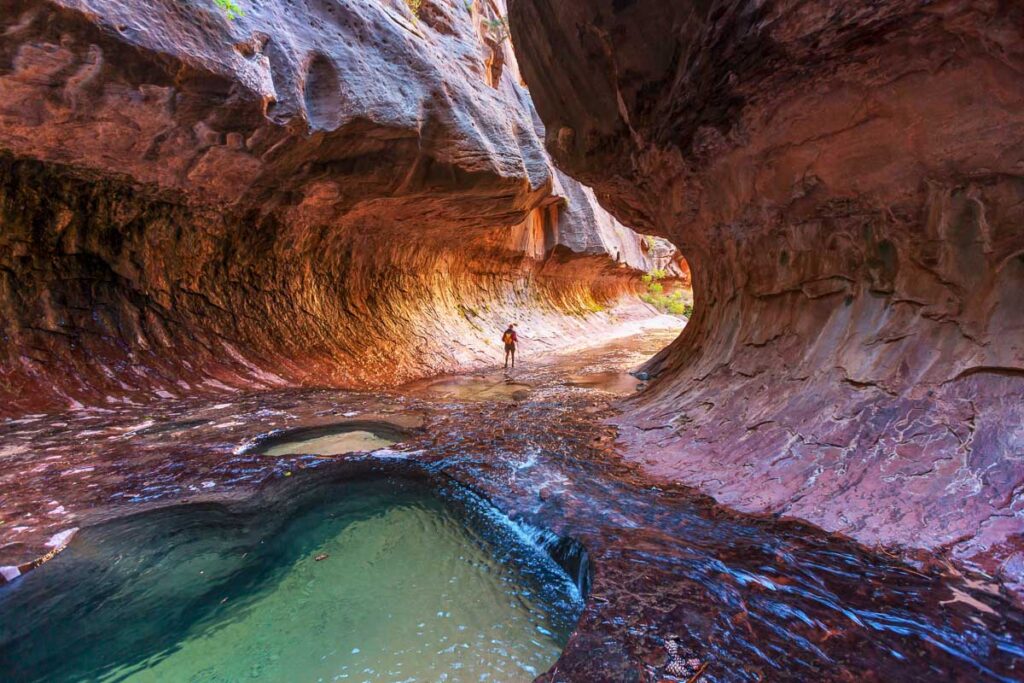
4. The Subway, Zion National Park, Utah
- Length: 8 miles round trip
- Time: 7-8 hours
- Elevation Change: ~ 1,500 feet
- Best Time to Visit Zion: Spring (April to May) and fall (September to October)
- AllTrails Link: The Subway
Why It’s Worth It: Most people may know Zion for its scenic roads, Angel’s Landing or the Narrows, but as one of the most unique and difficult hikes in Zion National Park, The Subway is another adventure made for experienced hikers. This trail takes you through tunnel-like, naturally carved slot canyons with pools of water that require rappelling, swimming, and scrambling over boulders. But reaching the iconic subway-shaped tunnel formation makes it all worth it.
What to Expect: This hike requires technical gear and can be strenuous in certain sections. Permits are also needed for this trail.
📖 Read Also: One Day in Zion National Park Itinerary for Adventurers
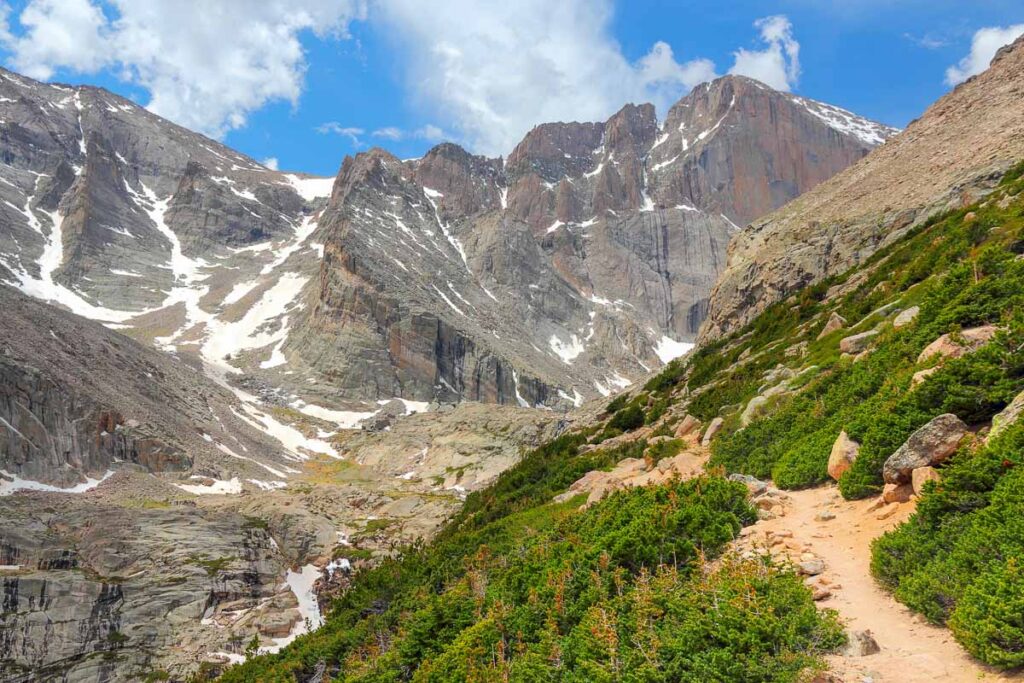
5. The Keyhole and Longs Peak via Longs Peak Trail, Rocky Mountain National Park, Colorado
- Length: 13 miles round trip
- Time: 9-12 hours
- Elevation Change: ~ 5,000 feet
- Best Time to Visit Rocky Mountains: Late June to September
- AllTrails Link: Longs Peak via Longs Peak Trail
Why It’s Worth It: As the highest peak in Rocky Mountain National Park, Longs Peak is a challenging route with steep inclines, narrow ledges, and unpredictable weather conditions. But once you reach the summit, the surrounding mountains and lakes will take your breath away.
What to Expect: This hike should not be taken lightly, and proper gear, training, and experience are necessary. You’ll need to navigate through snowfields and ice for most of the year, so be prepared with crampons and trekking poles. The Keyhole section can be particularly challenging and dangerous in bad weather conditions.
📖 Read Also: Unbeatable One Day in Rocky Mountain National Park Itinerary
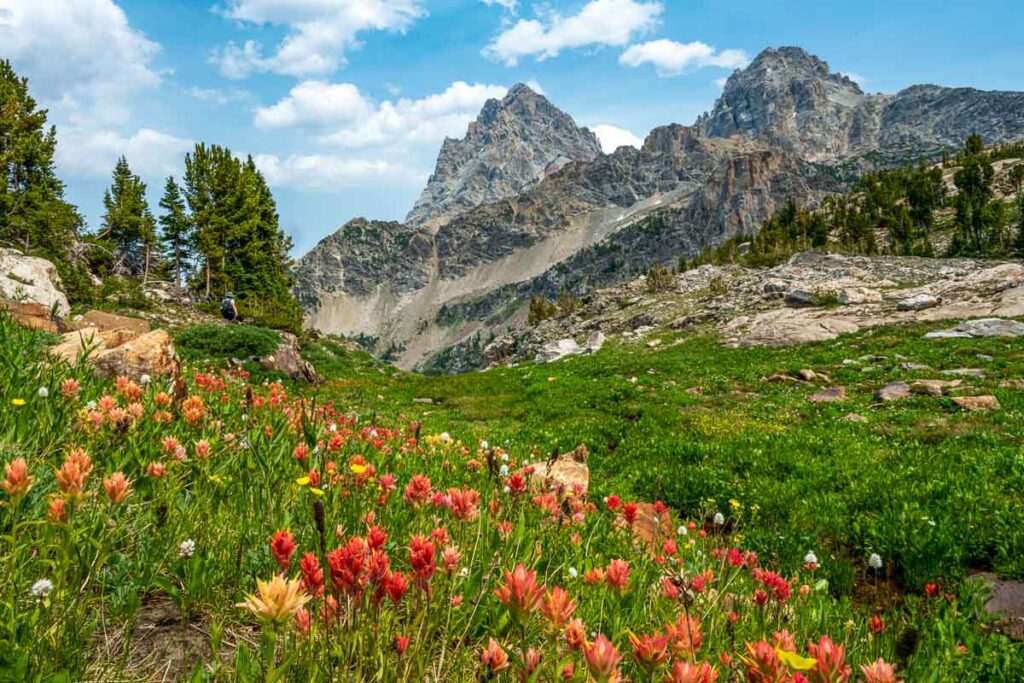
6. Teton Crest Trail, Grand Teton National Park, Wyoming
- Length: 40 miles point-to-point
- Time: 3-5 days
- Elevation Change: ~9,050 feet
- Best Time to Visit Grand Tetons: Mid-May to late September
- AllTrails Link: Teton Crest Trail
Why It’s Worth It: As one of the most scenic hikes in the country, the Teton Crest Trail takes you up and down the jaw-dropping views of the Teton Range, alpine lakes, and vast wildflower meadows. Pass by herds of grazing bison and elk along this popular backpacking route.
What to Expect: This hike involves steep ascents and descents. Permits are required for overnight camping, and due to snow, the trail is typically only open from July to September.
📖 Read Also: Perfect One Day in Grand Teton Itinerary for First-Timers
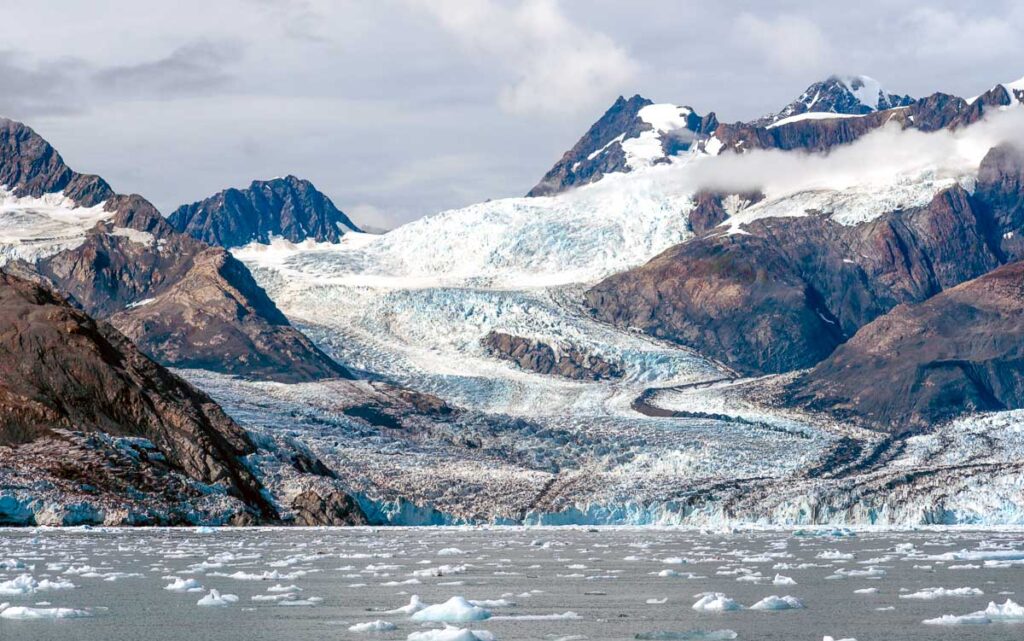
7. Harding Icefield Trail, Kenai Fjords National Park, Alaska
- Length: 8.5 miles round trip
- Time: 6-8 hours
- Elevation Change: ~3,200 feet
- Best Time to Visit Kenai Fjords: Late June to August
- AllTrails Link: Harding Icefield Trail
Why It’s Worth It: This trail may be shorter in distance compared to others on this list, but it’s certainly not lacking in difficulty or reward. This hike takes you through dense forest and rocky terrain before opening up to the massive Harding Icefield, where you’ll see glaciers and icebergs as far as the eye can see.
What to Expect: This Kenai Fjords trail is known for its unpredictable weather, so be prepared for rain and snow even in the summer months. The terrain can be rocky and steep, with sections of exposed cliffs.
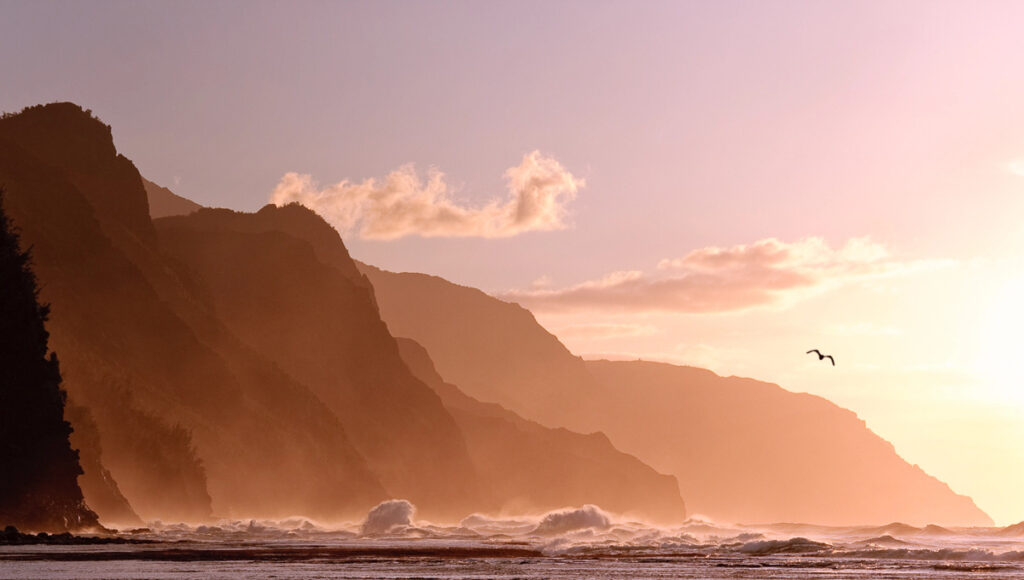
8. Na Pali Coast (Kalalau) Trail, Hāʻena State Park, Kauai, Hawaii
- Length: 20 miles round trip
- Time: 12.5 hours or Overnight
- Elevation Change: ~6500 feet
- Best Time to Visit Kauai: Mid-April to October for the dry season
- AllTrails Link: Kalalau Trail
Why It’s Worth It: While not exactly under a national park but a state park, this trail is just too cool to leave off. It follows along the steep mountainsides of the Hawaiian coast, passing up, over, and around waterfalls and cliffs. But with the rough terrain come steep climbs and crossing streams. And god forbid it rains, which can make the trail extremely slippery and dangerous. However, the reward of camping on one of the most beautiful beaches in the world, Kalalau Beach, makes it all worth it.
What to Expect: Steep drop-offs and narrow paths that may be muddy, slippery, and narrow at times. Hikers must cross streams and may have to swim in some sections. Permits are required here.
Final Thoughts: Hardest Hikes in US National Parks
These are just a few of the most brutal and most dangerous hikes in the US, and there are countless others that deliver similar adversities and rewards. My absolute favorite part of hiking these trails is the feeling of accomplishment and connection to nature that comes with overcoming such physical and mental challenges.
For detailed guides to national parks, explore our comprehensive first-timers guide to all the western US national parks.
Catherine, a seasoned travel writer, has lived in 4 different states and explored 36 states and 28 national parks. After spending two years embracing van life, she's now dedicated to sharing her vast knowledge of day trips across America. Catherine's other works has been referenced in major publications like MSN, Self, and TripSavvy.
| MY FAVORITE TRAVEL RESOURCES |
✈️ Find amazing guided tours and experiences with Viator to maximize your time! 🏘️ Plan ahead and secure your accommodation with Booking.com in advance. 🧾 Rent a car with Discovercars in advance and get the best prices for your day trip adventures. |

